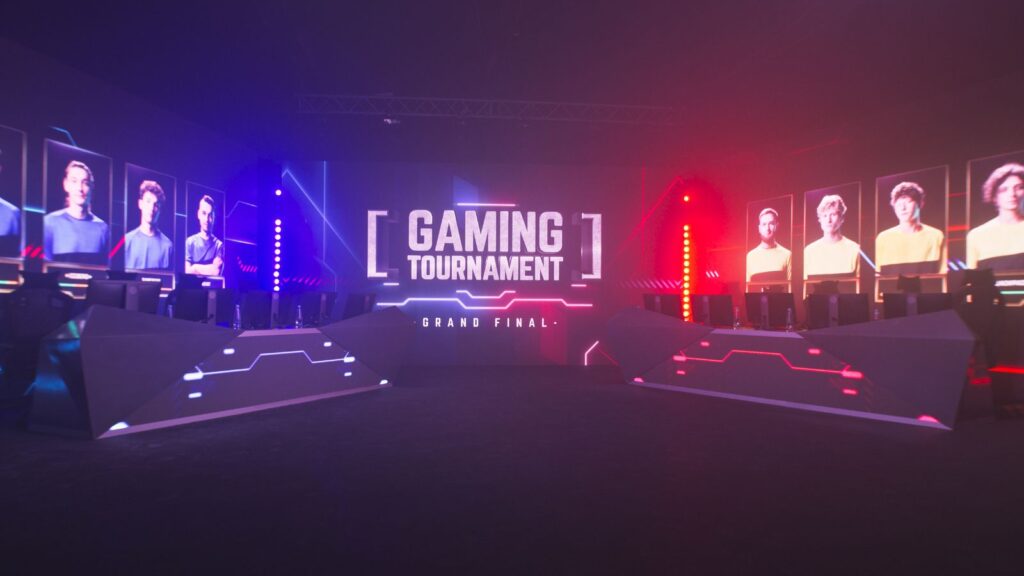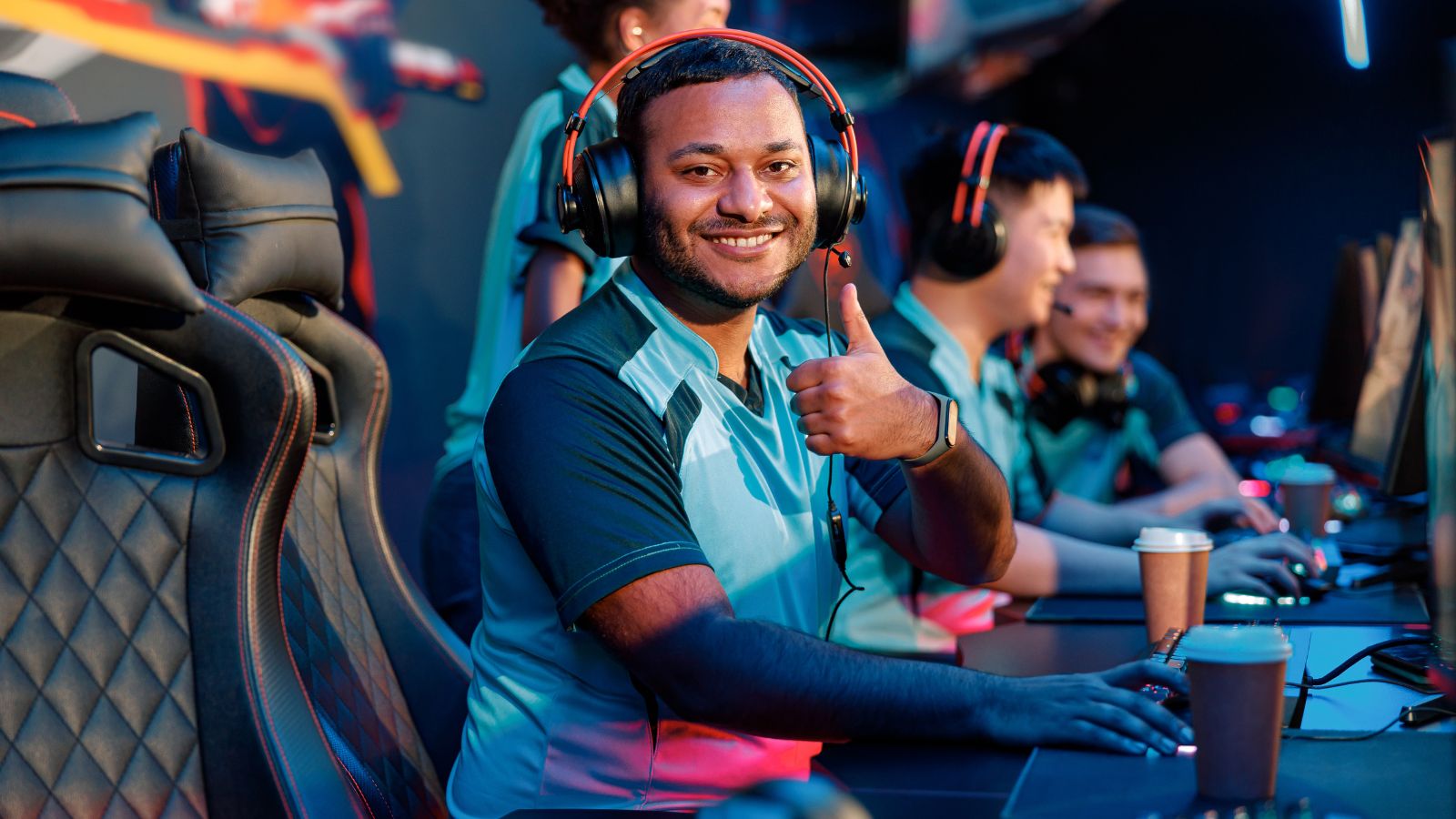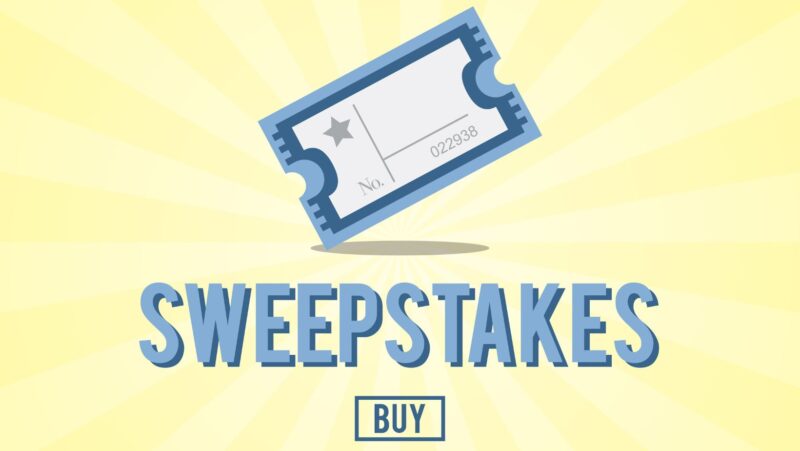
Over the decades since gaming appeared as a more widespread form of entertainment, there has been a lot of progress on the competitive scene. What started as a simple hobby for a niche audience needed about a decade to get going and for the first tournaments to start popping up. However, what we now consider modern gaming came a bit later, when the internet became more mainstream and widely available. From dial up to broadband connections, Esports tournaments went from LAN parties to global arenas. It was a long road to what we have today, and many obstacles had to be overcome along the way.
The evolution from the earliest forms of tournaments to the extraordinary arenas and venues of the contemporary gaming industry is very interesting to dissect. If you consider yourself a gamer, you have to know about it, especially if you enjoy competing against other gamers and playing ranked matches. Esports organizations are always on the lookout for new talent, so it could be a benefit to know about the history and the current scene. What is more, learning a thing or two about esports tournaments is also great for the fans of gambling, so explore esports betting on Stake for the latest events and the best odds.
Early Beginnings of Esports and Tournaments
When dissecting the earliest beginnings of competitive esports and the first tournaments, we have to take it back to the late 1980s to the mid 1990s. Starting with LAN parties, early competitive gaming meant players bringing their computers to local area network (LAN) parties. They ranged from friends’ homes to local communities organizing small, limited events. Popular games included Doom, Quake, StarCraft, and Counter Strike, all of which were in their original, early versions, of course.
It was all largely community driven, with grassroots events held in basements, community centers, and small venues that would allow it. One of the first notable events was Red Annihilation in May of 1997, a Quake event at the World Congress Center, E3, in Atlanta. It is now considered one of the first major esports tournaments, in which Dennis “Thresh” Fong won John Carmack’s Ferrari. With the late 1990s bringing broadband internet, it allowed for remote competition and global matchmaking, meaning people no longer had to bring their PCs along.
When broadband connections became more affordable and available, the late 1990s and 2000s saw an increase in competition and global matchmaking. Some key organizations were formed, like the Cyberathlete Professional League (CPL), which held structured tournaments. World Cyber Games (WCG) and Electronic Sports World Cup (ESWC) also began with international competitions. Key games were StarCraft: Brood War, Counter Strike 1.6, and Warcraft III.
The 2000s Expansion
South Korea led the way in large part during the early 2000s, because they were treating esports like traditional sports in almost every manner. StarCraft games had televised matches, there were professional teams, and gamers were celebrities known across the country. PC Bangs, which were LAN cafes in the country, fueled player growth and promoted community craze for the biggest titles. Government support and infrastructure helped a lot and created a professional system before most other countries even gave this any type of attention.
During the 2000s, internet cafes around the world saw an expansion with Counter Strike, Warcraft III: The Frozen Throne, and Quake and Doom titles being the cornerstone of competitive play. Dedicated servers were sprouting up everywhere, and each city had its main servers for games where the best local teams competed. On the pro level, first professional teams and organizations were taking shape, and gameplay compilations dominated YouTube. During the early 2010s, the first online sports betting on competitive esports became popular, now a popular activity on Stake and other sportsbook casinos.
The Steeaming Era of the 2010s and 2020s
When Twitch first launched in 2011, it revolutionized gaming viewership, not just competitive, but overall. Fans could watch live matches from anywhere, as well as interact with their favorite content creators as they play the latest titles and classic games. League of Legends (LoL), Dota 2, and Counter Strike: Global Offensive rose to dominate the platform, as well as the competitive scene. The first major tournaments started appearing, renting major arenas and venues to accommodate tens of thousands in attendance and hundreds of players. Franchised models emerged, like Overwatch League and LoL LCS, official leagues and competitions by the same companies that owned and published the games themselves.
Venues started becoming bigger with iconic places like the Barclays Center in New York City, the Mercedes Benz Arena in Berlin, etc. Production quality rivaled traditional sports, and everything was raised to an incredible level, never thought possible. Analysis desks, VR and AR overlays, and celebrity presenters became mainstays. Cross industry involvement reached its peak with partnerships from Red Bull, Louis Vuitton, and Coca Cola, and athletes and celebrities invested in gaming organizations (Drake, Shaquille O’Neal, etc.) Esports even made appearances in Olympic affiliated events, mainly the Olympic Virtual Series.
Current State and the Future
The future is very bright for the industry. Although 2020 brought up a major stagnation due to the pandemic that reset the industry a bit, it is picking itself up with more competitions and tournaments than ever. There are invitationals and qualifiers all the time, with leagues lasting throughout the year. On top of that, hybrid and metaverse integration is shaping a brand new way of competition that combines in person and online play. It has been a standard in many events post COVID.
Virtual environments and metaverse platforms are changing engagement and immersion, and mobile esports dominate Southeast Asia, India, and Latin America regions. All in all, what began as small gatherings of devoted hobbyists has grown into a billion dollar global industry constantly innovating itself. Esports now competes with traditional sports in viewership and cultural relevance. It is powered by passionate communities, tech breakthroughs, and increasing mainstream recognition.
The Biggest Esports Events Ever
There have been many iconic events over the years, but the following are historic for multiple reasons. Let us review some of the biggest gaming tournaments ever and see what made them special.
The International (Dota 2)
The prize money has been steadily growing for years. In 2016, it was $20.77 million, with Wings Gaming claiming more than $9 million as the champions. In 2019, it was $34.3 million when OG won, and in 2021, it grew to $40 million when Team Spirit took the trophy, becoming the largest single event prize pool in esports history. It was first held at Gamescom in Germany in 2011, and later in Seattle, only to become international with the 2021 record breaking event in Bucharest. The crowdfunded prize model works on revolutionizing esports financing. Despite dropping off in prize money as of late, the event is the pinnacle of competitive stakes and community engagement.
Fortnite World Cup Finals (2019)
During the golden days and the best era of Fortnite, the solo prize money was $15.29 million, and the duo was $15.1 million. Held in New York, the solos champion was Kule “Bugha” Giersdorf, while Nyhrox and Aqua won the duos. The event catapulted battle royale games into mainstream visibility with one of the largest prize pools ever.
Riyadh Masters (Dota 2, 2023)
A few years ago, in the capital of Saudi Arabia, the prize money for the Dota 2 tournament was $15.12 million. The winners were Team Spirit, who defeated Team Liquid 3-1 in the final. With the country hosting a plethora of sports and esports events as of late and investing heavily in entertainment and technology, this tournament highlighted its rising influence in the esports space. Massive funding and global ambitions have only grown since then.
Other Major Events
There have been many other examples of the modern gaming scene. Honor of Kings International Championship (2022) had $10 million in prize money. The PUBG Global Invitational in 2021 was at $7.07 million. With the League of Legends World Championships, in 2016 it was $5.07 million, and in 2018 it was $6.45 million. Attendance wise, the IEM Katowice 2017 in CS: GO, LoL, and StarCraft II saw 173,000 people in attendance over two weeks, with 46 million tuning online. At the

Old School LAN Parties Trivia and Facts
- LAN parties reached their peak in popularity during the late 1990s and early 2000s, thanks to multiplayer games like Quake, Counter Strike, and StarCraft, which dominated the scene.
- Doom, released in 1993, was one of the first games to support LAN play. It helped define the concept of multiplayer gaming over local networks.
- Many early LAN setups required players to bring their entire desktop PCs, complete with the cumbersome CRT monitors and networking gear. There were often hours of setup and troubleshooting with the hopes of playing.
- The term “LAN party” is short for “Local Area Network party,” referring to friends physically gathering in one location to connect their computers directly, as opposed to fully remote online.
- Before broadband internet was widespread, LAN parties offered the only way to experience low latency multiplayer gaming. If you wanted to play with friends, this was the only way.
- Early versions of Windows often had issues with network configurations, so gamers frequently had to tweak IP settings manually or use DOS based networking tools.
- Some of the most iconic LAN games, such as Unreal Tournament and Warcraft III, featured built in LAN modes that required no internet connection.
- File sharing between computers during LAN parties was common. Tools like Direct Connect and shared folders were used to distribute game mods, patches, and media.
- BYOC (Bring Your Own Computer) became a standard term for large scale LAN events, with entire halls filled with hundreds of gamers who brought their entire setups.
- Events like QuakeCon, which began in 1996, grew from grassroots LAN meetups into massive gatherings celebrating PC gaming culture. It was the first genre of modern tournament play.
Esports Tournaments FAQs
- What are esports tournaments?
Esports tournaments are competitive gaming events where individuals or teams play video games against each other for rankings, prizes, and recognition. These events can be held online or in person and often attract large audiences and media attention. - Which games are commonly played in esports tournaments?
At the moment, popular games include League of Legends, Dota 2, Counter Strike 2, Valorant, Fortnite, Call of Duty, Apex Legends, Rocket League, and Overwatch. Each game has its own tournament circuit and professional scene. - How do players qualify for major esports tournaments?
Players or teams usually qualify through regional competitions, online qualifiers, or by earning points in official leagues. Some tournaments also invite top ranked teams directly. - What is the prize money like in esports tournaments?
Prize pools can vary greatly, ranging from a few thousand dollars to tens of millions. The International for Dota 2, for example, has offered prize pools exceeding $30 million. - Are esports tournaments broadcast live?
Yes, most major tournaments are streamed live on platforms like Twitch, YouTube, Kick, and sometimes on traditional TV. Many broadcasts include live commentary, analysis, and player interviews. - Who organizes esports tournaments?
Tournaments are organized by game publishers, third party organizations, and esports leagues. Notable organizers include Riot Games, Valve, ESL, DreamHack, and BLAST. - How do esports teams make money besides tournament winnings?
Teams earn revenue through sponsorships, merchandise sales, streaming deals, and content creation. Some also receive funding from investors or organizations backing their operations. - Can amateurs participate in esports tournaments?
Yes, many tournaments offer open qualifiers or amateur brackets to give newcomers a chance to compete. Local and collegiate level events also provide entry points for aspiring pros. - What is the role of a shoutcaster or commentator in a tournament?
Shoutcasters provide live play by play commentary and analysis during matches. This helps viewers understand the strategies, player decisions, and overall gameplay. It is similar to sports commentators during live matches. - Are there age restrictions for esports tournaments?
Yes, most tournaments have minimum age requirements, often 16 or 18, depending on the game and regional laws. Some games may also have parental consent requirements for younger players.












